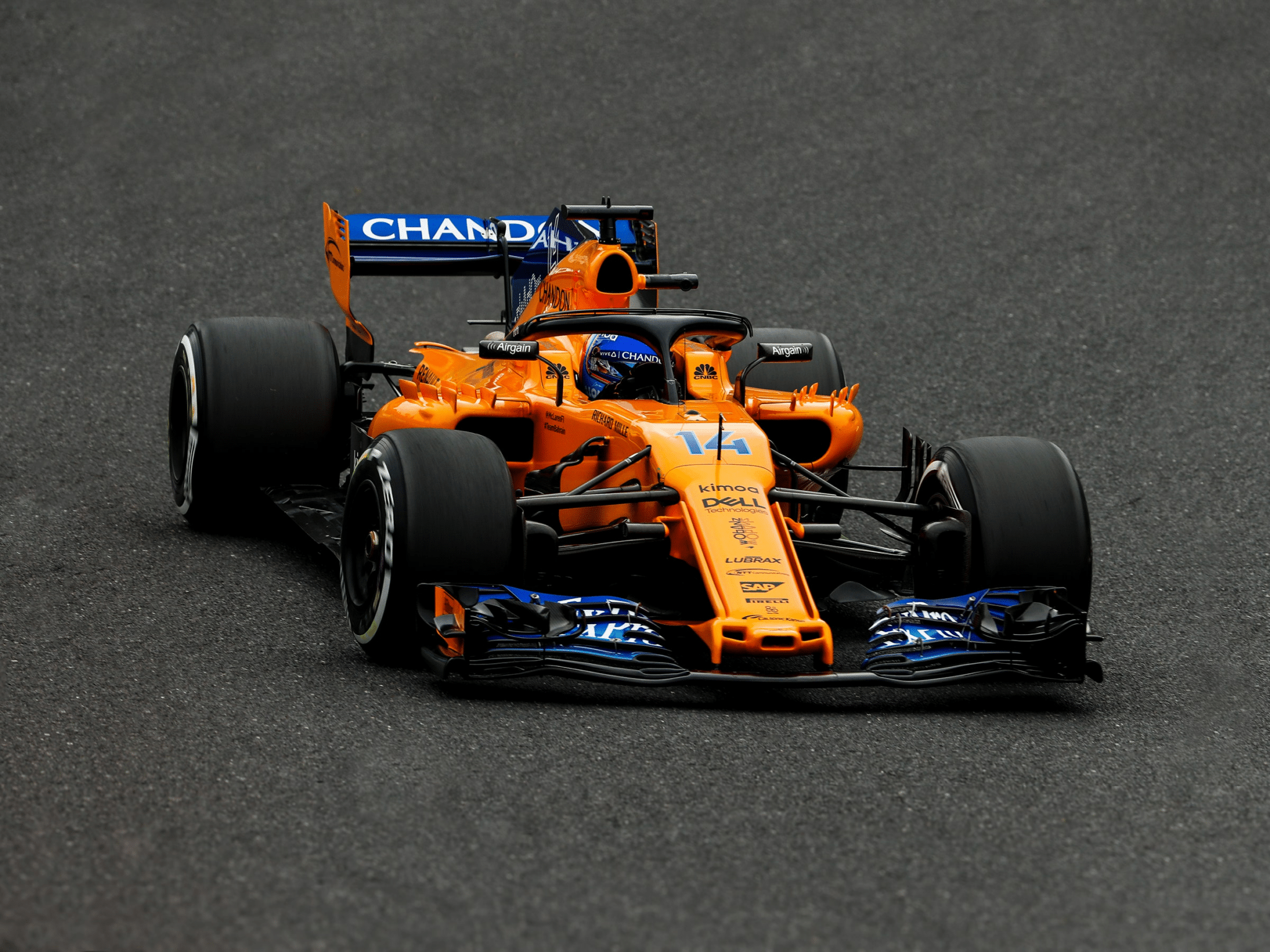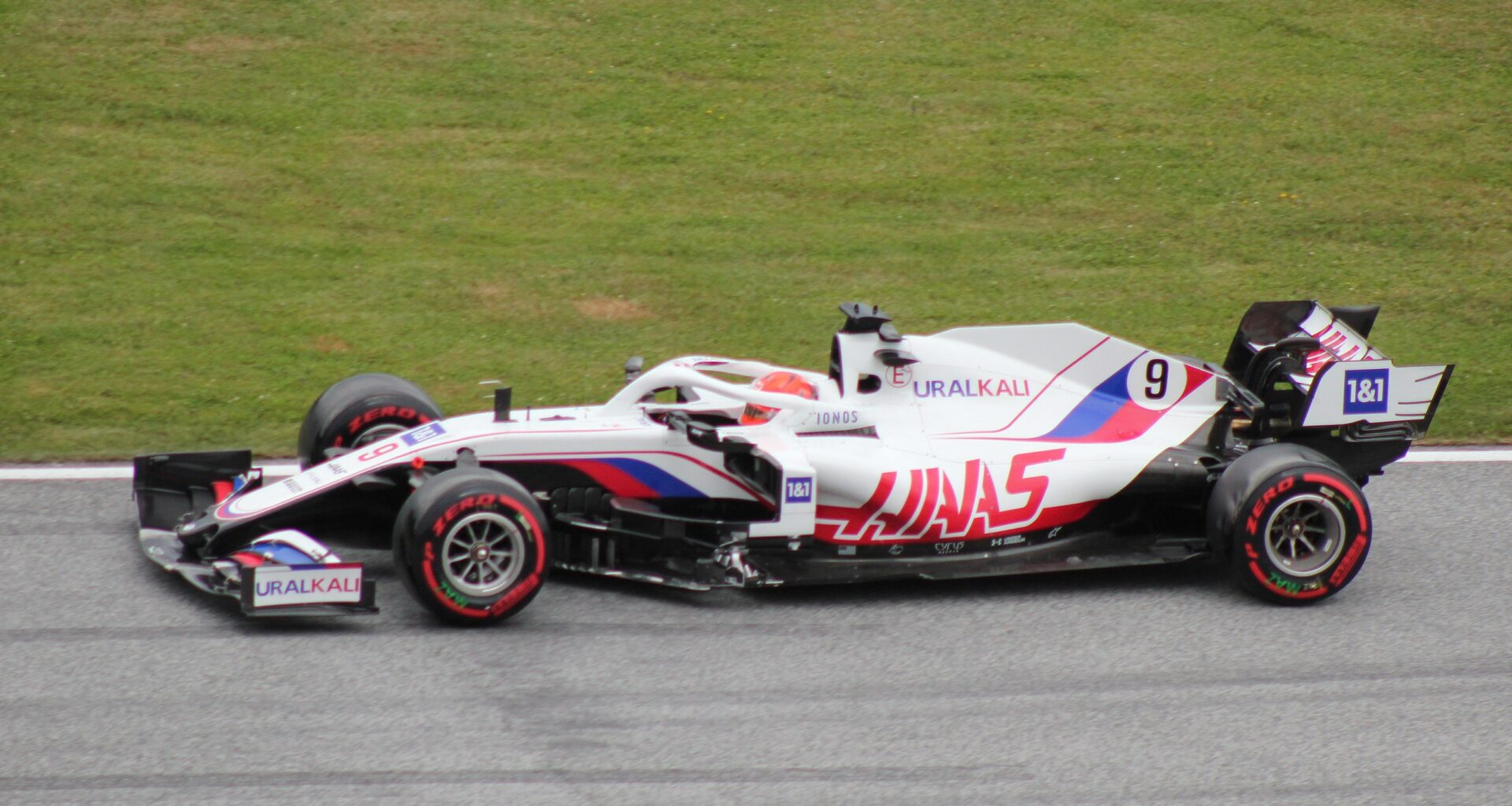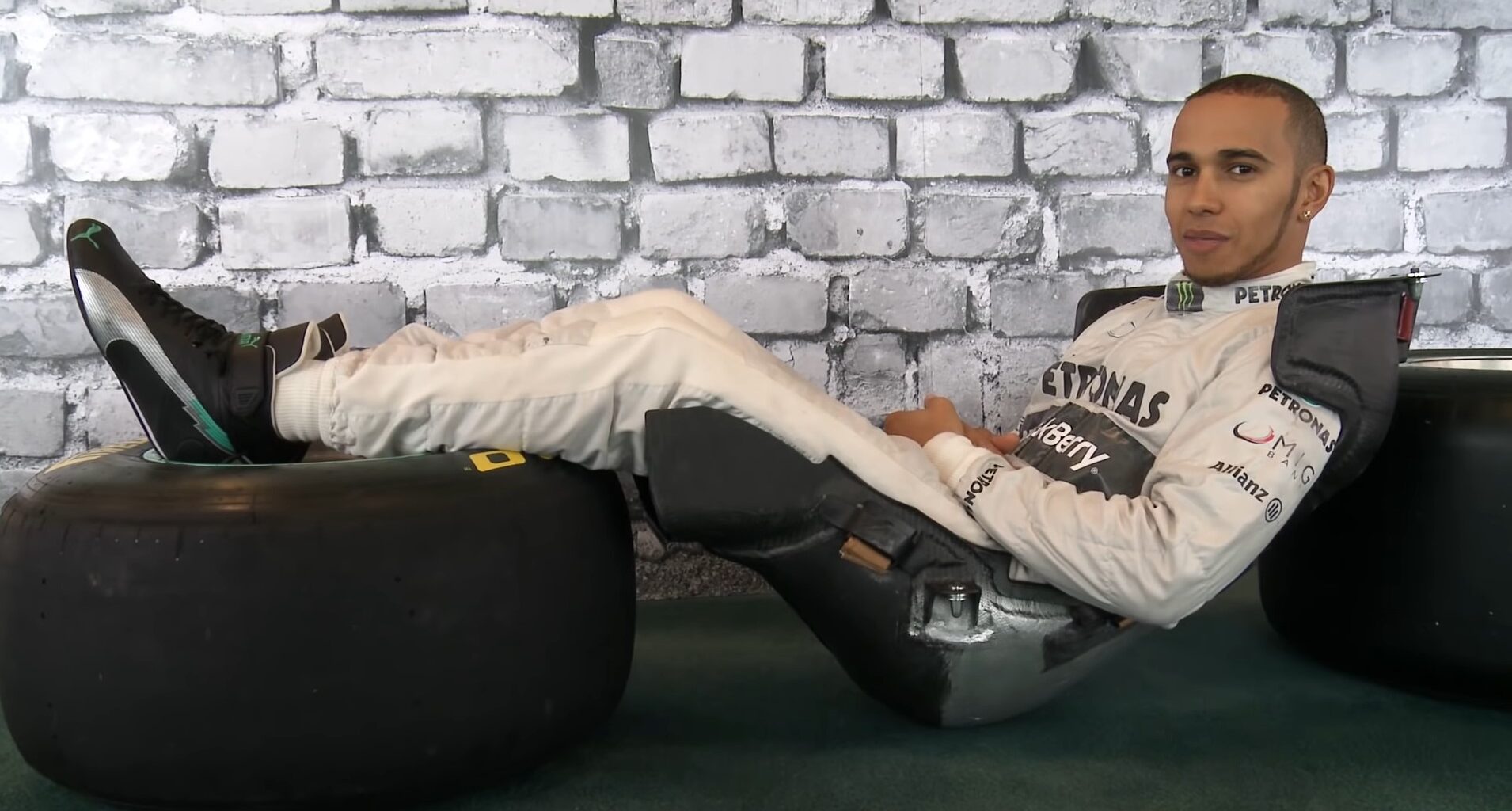F1 drivers are no different from the rest of us, they too have to answer nature’s call. But, the question is, how do they manage it while racing at high speeds for hours on end?
Well, the answer is simple yet surprising. They just pee themselves in their race suits! Yes, you read that right. If a driver hasn’t been able to relieve themselves before the race starts, they have no choice but to go in their suits. The high temperatures in the cockpit help to dry the suits again, or if it’s a particularly hot race, they’ll be soaked with sweat anyway.
But, is it the same for all drivers? Not necessarily. Some drivers, like Lewis Hamilton, have claimed that they’ve never urinated during a race. On the other hand, there are suggestions that Michael Schumacher, the seven-time world champion, regularly took a leak inside the cockpit.
It’s worth noting that F1 drivers are not the only ones facing this challenge. Other endurance athletes, such as marathon runners or long-distance cyclists, also have to manage their waste while competing. We’ll delve into this later in the article.
Table of Contents
Hydration and Fluid Intake in F1 Racing
Staying hydrated is crucial for F1 drivers, especially during long races in hot climates. However, managing fluid intake is a delicate balance. Drink too much, and you’ll need to pee; drink too little, and you risk dehydration.
So, how do they manage it? F1 drivers have the option to carry a water bottle in their car to help them stay hydrated, but most don’t bother these days to save weight. Instead, they use scientific drinks and tablets to prehydrate before races to ensure they have enough fluids in their system to last the full race distance. If it’s a particularly hot race, they may take a drink in the cockpit, which is placed under their seat and dispensed by pressing a button on their steering wheel. However, because it’s close to the engine, it gets pretty warm by the fifth lap, making it like drinking hot water.
It’s not just about staying hydrated, though. The drinks and tablets used by F1 drivers also help to replace electrolytes lost through sweating, which is crucial for maintaining performance and avoiding cramps.
The Role of Race Suits and Underwear in Managing Waste
F1 race suits are more than just a fashion statement. They’re designed to protect drivers in the event of a crash and, as it turns out, to manage waste as well. The suits are made from fire-resistant materials and are designed to fit snugly, which helps to contain any leaks.
But, what about underwear? F1 drivers wear special underwear designed to absorb moisture and provide comfort during long races. Some drivers also wear adult diapers, although this is less common.
It’s worth noting that the technology and design of F1 race suits and underwear are constantly evolving, with manufacturers looking for ways to improve comfort and performance. We’ll discuss this in more detail later in the article.
Historical Instances: Toilet Accidents During Races
While it’s not something that’s widely publicized, there have been instances where F1 drivers have had toilet accidents during races. One of the most famous examples is Kimi Raikkonen, who was once asked on the grid by Martin Brundle why he missed a pre-race presentation by football icon Pele. The Finn replied, “I was having a s**t.”
But, what about during the race itself? There have been rumors of drivers having accidents during races, but these are rarely confirmed. It’s worth noting that if a driver does have an accident, it can have a significant impact on their performance and comfort.
In the next section, we’ll look at some innovative solutions that could help to manage waste during F1 races in the future.
Innovative Solutions: The Future of Waste Management in F1 Racing
As technology advances, so too do the possibilities for managing waste during F1 races. One potential solution is the use of advanced materials that can absorb and contain waste more effectively. This could include the use of superabsorbent polymers, which can absorb hundreds of times their own weight in liquid.
But, what about more radical solutions? Some have suggested the use of catheters or other medical devices to allow drivers to empty their bladders without having to go in their suits. However, these solutions are likely to be unpopular with drivers and could potentially pose health risks.
It’s worth noting that any solution would need to be approved by the FIA, the governing body for F1 racing. This could pose a challenge, as the FIA has strict rules regarding the design and construction of F1 cars and equipment.
A Comparative Look: How Other Endurance Athletes Manage Waste
F1 drivers are not the only endurance athletes who have to manage their waste while competing. Marathon runners, long-distance cyclists, and triathletes all face similar challenges.
So, how do they manage it? Some athletes simply stop to use the bathroom, although this can be time-consuming and can impact their performance. Others use adult diapers or other absorbent products. Some even resort to more extreme measures, such as using a catheter or taking medication to prevent the need to urinate.
It’s clear that managing waste is a challenge for all endurance athletes, not just F1 drivers. However, the unique demands of F1 racing, such as the high speeds and the confined space of the cockpit, make it a particularly challenging problem to solve.




